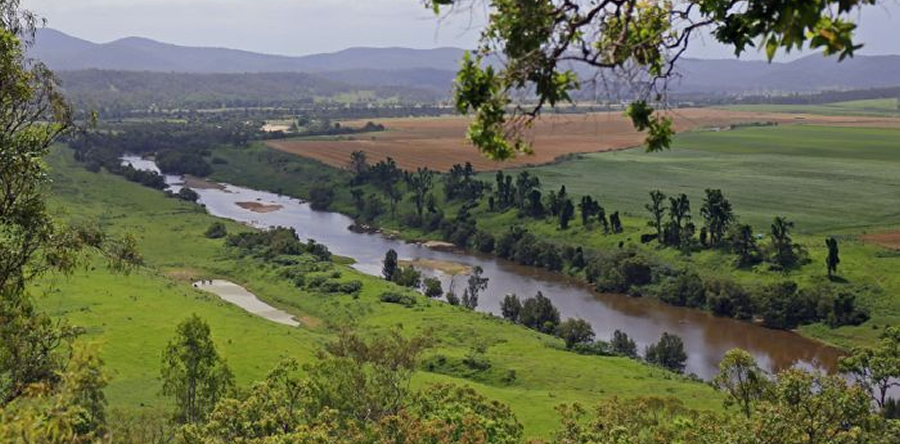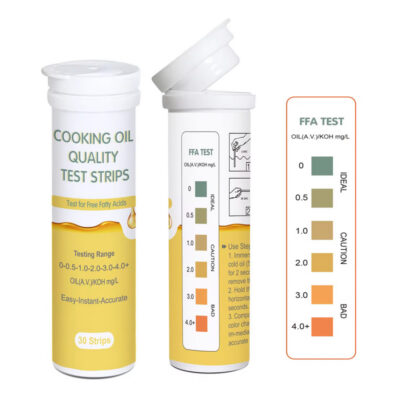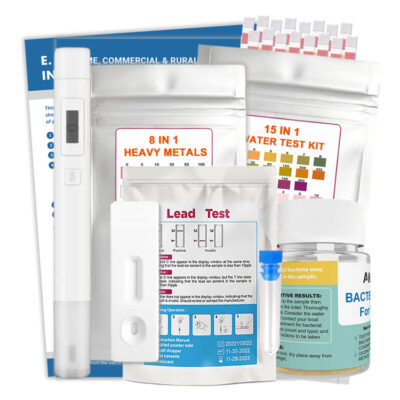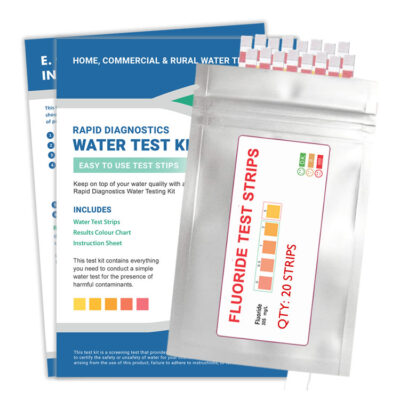Pathogens Contaminated Drinking Water: Drinking water repeatedly contaminated with pathogens in rural NSW towns
NSW Health documents obtained by the ABC reveal areas where deadly pathogens are regularly detected at dangerous levels in unfiltered drinking water pumped from rivers, lakes and dams.
The water safety reports, obtained after a lengthy freedom-of-information battle, also show more than 100,000 NSW residents were issued protective boil-water alerts in the last five years.
Grafton, Kempsey, Scone, Jindabyne and Merimbula are cited as the five worst-performing areas, with repeated "contamination incidents" triggering "potential health risks".
Around Grafton, a population of 40,000 are at risk from cryptosporidium, a parasite that causes gastrointestinal illness.
Residents have faced 10 boil-water alerts since 2006, issued "in response to the inability of the water supply system to manage risks".
The documents say faecal contamination from cattle, and even swimmers along the lower Clarence River catchment, is the parasite's source.
Similar problems plague the Bemboka River catchment, near Merimbula, with four boil-water alerts issued by Bega Valley Council in 10 years.
Deadly bugs originate in "onsite sewerage system discharges", "failures and presence of septic systems" and from dairy farms upstream.
The documents say "chlorine-resistant pathogens" — not killed by chemical treatments — are a threat to more than 40,000 people.
Around Kempsey, the risk identified is cyanobacteria — a toxic blue-green algae that can shut supply for 15,000 residents.
Grazing dairy cattle and raw sewage discharges near the Steuart McIntyre Dam trigger algae outbreaks here.
Alarmingly, the documents say "all pathogen groups" including e. coli are present in Kempsey water, and that a further "vulnerability assessment" should be undertaken.
In the Upper Hunter, more than 6,000 residents in Scone, Murrurundi and Aberdeen are rated at "very high risk" from dangerous pathogens flowing from an abattoir and septic tanks in the catchment.
The alpine towns of Jindabyne and Barry Way also face a "moderate risk from the presence of cryptosporidium" as well as toxic "blue-green algae" in their catchment.
Livestock faeces, and sewage, including from the Perisher ski resort are blamed.
The documents also identify other communities with one-off water concerns.
Last year boil-water alerts were issued in Dubbo, as well as villages including Toomelah, Gravesend, and Jubullum.









